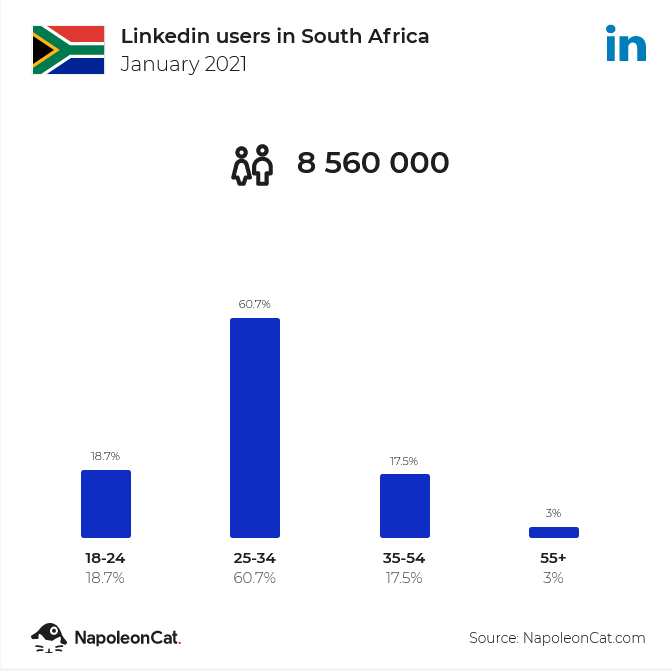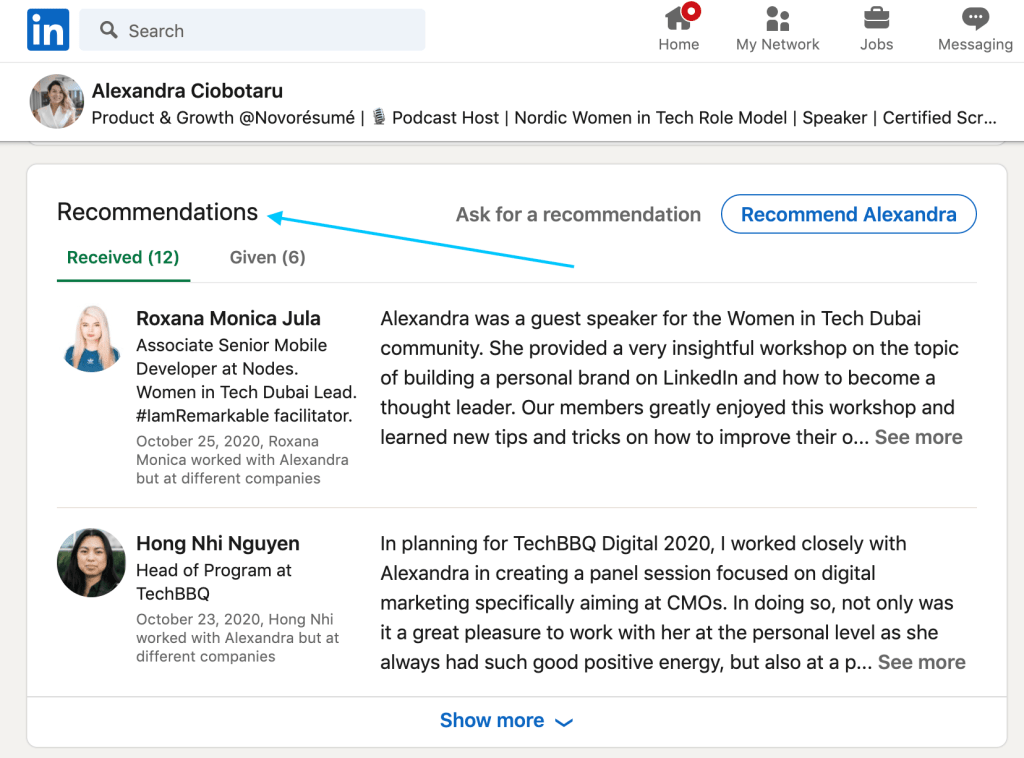Like it or not, one of the first steps that prospective employers and recruitment agencies take during the hiring process is checking your social media accounts. In a world where an employee’s controversial personal views can damage a business’s reputation, employers are spending much more time ensuring that what you do online does not pose a risk to their brand.
The reality is that the job market is extremely competitive and so many people are well qualified in their fields. You might just edge out the competition by spending some time optimizing your social media accounts to appeal to a prospective employer or recruitment agent.
Here are some tips to ensure that you are putting your best foot forward online:
1. Lock your Facebook and Instagram profiles
Think about the values and characteristics a prospective employer will be looking for and ask yourself whether they are reflected in your online presence. You absolutely have a right to privacy and to a lifestyle that you enjoy, but if you are concerned that your posts might affect people’s first impression of you in a negative way, it’s probably best to make your profiles completely private.
Not sure? Ask a someone you respect as a businessperson to have a look at your online presence and flag anything they think may put off an employer.
2. Focus your efforts on LinkedIn
According to NapoleonCat.com, there were 8 560 000 Linkedin users in South Africa in January 2021, which accounted for 14.3% of our entire population. People aged 25 to 34 are the largest user group (5 200 000) indicating that young job seekers are realizing the value of the platform in the recruitment process.
Linkedin also has a number of tools and features that notify you of employment opportunities in your specific field or that align with your listed skills and users are able to apply for advertised positions directly on the platform.

3. Choose a professional profile picture
Your profile picture should reflect what people expect from a professional in your field. Those working in the creative industries can often use arty, less formal photos that communicate their personal style, but if you are looking for a position in a corporate environment you should definitely use a photo of yourself in professional attire, looking well-groomed and topping it off a warm, authentic smile.
Big no-no’s are photos with filters or pouty lips and those that may be seen as flirty or “sexy”.
4. Take time to create the right headline
One of the best things about LinkedIn is that it allows you to create a short profile headline that quickly conveys an important message about you. You may want to say something like “Currently seeking opportunities in the accounting field” or “Skilled and experienced office administration professional”. Recruiters will be searching specific terms/keywords so make sure you include them in your headline (and throughout the rest of your profile).
“If you’re a developer and work mostly with Java, it’s best to put “Java Developer” as your title, instead of “Software Engineer”, say the experts at Novoresume.com.
5. Complete your profile as thoroughly as possible
LinkedIn allows you to list an enormous amount of information about yourself. Make use of as many sections as you can including:
- About – the perfect place to summarise your high level skills or qualifications, your career goals and some of your career highlights to date. Aim for about 300-500 words. Don’t forget to include industry-related keywords that recruiters may be searching for!
- Experience – list as many of your previous positions as possible and write a one or two sentence summary describing your key responsibilities. If you have no prior experience in your field, you can list holiday jobs or volunteer positions.
- Featured – if you have any portfolio pieces, articles you have written, project summaries or similar, this is where you should post them so they are visible when someone views your profile.
- Accomplishments – make sure to list all your qualifications (certificates, diplomas, degrees) and add in some career highlights that you are proud of e.g. employee of the month, successful project completions
- Skills – make sure you list every skill that you have as this is where the LinkedIn algorithm will pick up relevant keywords
6. Ask for Endorsements
Nothing is better for your CV or professional profile than an authentic recommendation or endorsement from previous employers or clients, co-workers and other people you may have worked with. Send a few people a short note to ask if they will be willing to write a LinkedIn endorsement for you (include a link to your profile) and you can also include them in your written/PDF CV.

Source: Novoresume.com
Investing time in perfecting your social media profiles (specifically LinkedIn) is absolutely imperative in 2021 as recruiters and employers seek quicker and easier ways to connect with young professionals. A well-populated profile showcasing your skills, qualifications, experience and career goals can set you head and shoulders above other people applying for the same position and you could be just a few steps away from landing your dream job!
